Home>Gardening & Outdoor>Landscaping Ideas>How To Get Rid Of Onion Grass In My Lawn
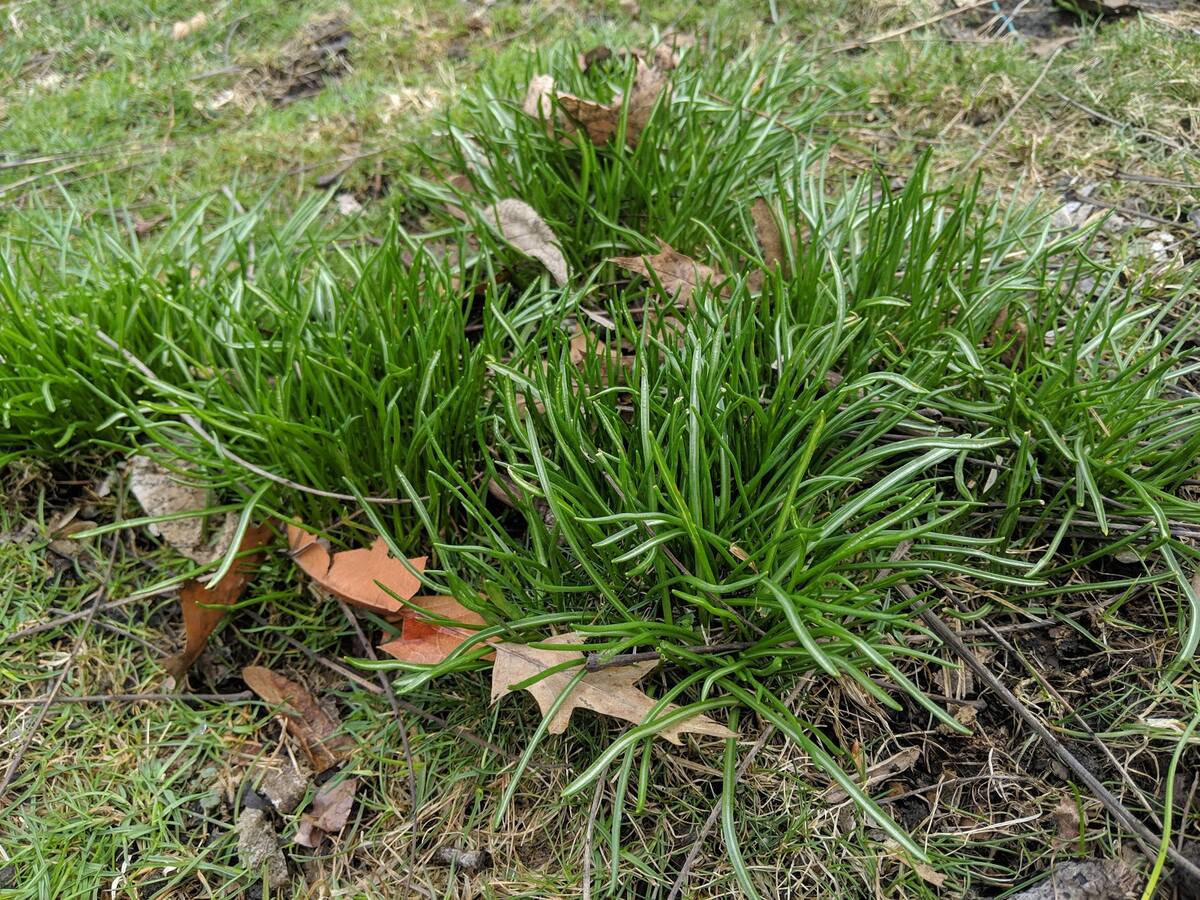

Landscaping Ideas
How To Get Rid Of Onion Grass In My Lawn
Modified: February 18, 2024
Learn effective landscaping ideas to eliminate onion grass from your lawn. Discover expert tips and techniques for a weed-free, lush lawn.
(Many of the links in this article redirect to a specific reviewed product. Your purchase of these products through affiliate links helps to generate commission for Storables.com, at no extra cost. Learn more)
**
Introduction
**
If you've ever found yourself battling an invasion of onion grass in your otherwise pristine lawn, you're not alone. This pesky weed, also known as wild garlic or wild onion, can quickly take over your yard if left unchecked. Its distinctive odor and resilient bulbs make it a formidable foe for any lawn enthusiast. However, fear not! With the right knowledge and strategies, you can effectively rid your lawn of this invasive plant and restore its lush green beauty.
In this comprehensive guide, we will delve into the world of onion grass, exploring its characteristics and growth habits. We'll then equip you with a range of manual removal methods and chemical control options to suit your preferences and environmental considerations. Additionally, we'll discuss preventive measures to hinder the re-growth of onion grass, ensuring that your lawn remains a thriving oasis for years to come.
By the end of this article, you'll be armed with the expertise needed to reclaim your lawn from the clutches of onion grass and maintain its health and vibrancy. So, let's roll up our sleeves and embark on this journey to a weed-free lawn!
Key Takeaways:
- Onion grass is a tough weed that can take over your lawn, but with hand pulling, digging, and regular mowing, you can effectively reduce its presence and prevent regrowth.
- To keep your lawn onion grass-free, focus on lawn health, soil improvement, vigilant monitoring, mulch application, and regular maintenance to create a resilient and vibrant landscape.
Read more: How To Get Rid Of Bad Grass In Lawn
Understanding Onion Grass
Before diving into the eradication methods, it's crucial to understand the adversary at hand. Onion grass (Allium vineale) is a perennial weed that belongs to the Allium genus, which also includes garlic, onions, and chives. This weed is characterized by its slender, hollow leaves and small white or pink flowers that bloom in late spring. However, it's the underground bulbs of onion grass that pose the greatest challenge to lawn enthusiasts.
Onion grass reproduces primarily through these underground bulbs, which can remain dormant in the soil for years, making eradication a persistent battle. The bulbs multiply rapidly, forming dense clusters that compete with grass and other desirable plants for essential nutrients and space. Additionally, the pungent odor emitted by the foliage and bulbs can be off-putting to many homeowners.
One of the reasons onion grass can be particularly challenging to control is its ability to thrive in a variety of soil types and conditions. Whether your lawn boasts clay, loam, or sandy soil, or experiences full sun or partial shade, onion grass can adapt and spread with ease. Its resilience and adaptability make it a formidable opponent for those seeking a pristine lawn.
Furthermore, onion grass is known for its resistance to many common herbicides, adding another layer of complexity to its eradication. This resilience necessitates a multi-faceted approach to effectively combat this weed and prevent its reoccurrence.
By gaining insight into the growth habits and characteristics of onion grass, you'll be better equipped to devise a targeted and comprehensive strategy for its removal. With this understanding in mind, let's explore the various methods for reclaiming your lawn from the clutches of this persistent weed.
Manual Removal Methods
When faced with an infestation of onion grass in your lawn, employing manual removal methods can be an effective initial step in combating this resilient weed. While manual removal may require more time and effort compared to chemical control options, it offers the advantage of minimizing the use of potentially harmful substances and allows for targeted removal of the weed.
1. Hand Pulling: One of the most straightforward methods of removing onion grass is hand pulling. This involves grasping the weed at its base and gently but firmly pulling it from the soil. It is essential to ensure that the entire plant, including the bulbs, is removed to prevent regrowth. Hand pulling is most effective when the soil is moist, as it facilitates easier extraction of the bulbs.
2. Digging: For larger infestations or particularly stubborn patches of onion grass, digging can be a practical approach. Utilize a hand trowel or garden fork to carefully excavate the soil around the weed, ensuring that the bulbs are completely unearthed. Be thorough in your excavation to prevent any remaining bulbs from sprouting new growth.
3. Regular Mowing: Maintaining a regular mowing schedule can help weaken the onion grass by reducing its access to sunlight and depleting its energy reserves stored in the bulbs. Be sure to adjust the mower height to a level that does not scalp the grass, as this can stress the lawn and create an environment conducive to weed proliferation.
4. Mulching: Applying a layer of organic mulch, such as wood chips or straw, can impede the growth of onion grass by depriving it of light and hindering its ability to spread. Additionally, mulch helps retain soil moisture and promotes the growth of desirable plants, contributing to a healthier and more resilient lawn.
By combining these manual removal methods, you can effectively reduce the population of onion grass in your lawn and lay the groundwork for implementing additional control measures. However, for extensive infestations or persistent reoccurrences, chemical control options may need to be considered to achieve comprehensive and lasting eradication.
Regularly mowing your lawn can help weaken and control onion grass. You can also manually pull out the onion grass bulbs to prevent them from spreading. Applying a pre-emergent herbicide in the fall can also help prevent new onion grass from growing.
Chemical Control Options
While manual removal methods can be effective, extensive or persistent infestations of onion grass may necessitate the use of chemical control options to achieve comprehensive eradication. It is important to approach chemical control with caution and adhere to safety guidelines to minimize environmental impact and protect desirable plants.
1. Selective Herbicides: Selective herbicides formulated specifically for broadleaf weed control can be effective in targeting onion grass while preserving the health of grass species in your lawn. These herbicides contain active ingredients that selectively target broadleaf weeds, including onion grass, while minimizing harm to grasses. Always follow the manufacturer’s instructions and apply these herbicides when the onion grass is actively growing for optimal absorption and effectiveness.
2. Non-Selective Herbicides: Non-selective herbicides, such as glyphosate-based products, offer a broad-spectrum approach to weed control. These herbicides effectively kill a wide range of plant species, including onion grass. However, caution must be exercised when using non-selective herbicides, as they can harm desirable plants if not applied judiciously. Carefully spot-treat affected areas to minimize collateral damage to your lawn.
3. Pre-Emergent Herbicides: Pre-emergent herbicides can impede the germination of onion grass seeds, preventing new plants from taking root in your lawn. These herbicides form a barrier in the soil, inhibiting the growth of weed seeds and reducing the likelihood of future infestations. Apply pre-emergent herbicides in accordance with the recommended timing to maximize their effectiveness in preventing the emergence of onion grass.
4. Herbicide Application Considerations: When applying herbicides, it is essential to consider environmental factors such as wind speed, temperature, and precipitation to ensure optimal efficacy and minimize off-target effects. Additionally, always wear appropriate protective gear and adhere to local regulations regarding herbicide use to safeguard the environment and the well-being of your lawn.
While chemical control options can provide effective means of combating onion grass, it is important to integrate these methods with manual removal and preventive measures for a comprehensive approach to weed management. By combining targeted chemical control with other strategies, you can effectively reclaim your lawn from the encroachment of onion grass and promote the flourishing of desirable vegetation.
Preventing Onion Grass Re-Growth
Once you’ve successfully eradicated onion grass from your lawn, it’s essential to implement preventive measures to inhibit its re-growth and maintain a weed-free environment. By incorporating proactive strategies, you can safeguard your lawn against future infestations and promote the thriving of desirable vegetation.
1. Optimize Lawn Health: A lush and healthy lawn is more resilient against weed encroachment. Implement proper lawn care practices, including regular mowing, adequate watering, and fertilization, to promote the vigor of grass species and create an environment less conducive to weed establishment. Additionally, overseeding bare or thin areas can help fill in gaps and reduce opportunities for weed colonization.
2. Soil Improvement: Address underlying soil conditions to create an environment less favorable for onion grass growth. Conduct soil tests to assess nutrient levels and pH, and amend the soil as needed to create optimal growing conditions for grass while creating challenges for weed proliferation. Proper aeration and dethatching can also enhance soil structure and reduce weed pressure.
3. Vigilant Monitoring: Regularly inspect your lawn for any signs of onion grass resurgence. Promptly address any emerging weeds through manual removal or targeted spot treatments to prevent their establishment and spread. Early intervention can prevent small infestations from escalating into more significant challenges.
4. Mulch Application: Maintain a layer of organic mulch in garden beds and around landscaping features to suppress weed growth, including onion grass. Mulch acts as a barrier, inhibiting the germination of weed seeds and reducing the need for extensive manual weeding efforts. Ensure that the mulch layer is adequately thick to provide effective weed control.
5. Regular Maintenance: Consistent and attentive lawn maintenance, including edging, weeding, and mulch replenishment, can contribute to a weed-resistant landscape. By staying proactive and engaged in the care of your lawn, you can create an environment that is less hospitable to the re-establishment of onion grass and other invasive weeds.
By integrating these preventive measures into your lawn care regimen, you can fortify your lawn against the re-growth of onion grass and cultivate a vibrant and resilient landscape. With a proactive and holistic approach to weed management, you can enjoy a lush and thriving lawn that enhances the beauty of your outdoor space.
Read more: How To Get Rid Of Tufts Of Grass In Lawn
Conclusion
As we conclude our journey through the realm of onion grass control, it’s evident that combating this resilient weed requires a multifaceted approach that integrates manual removal, chemical control, and preventive measures. By gaining a deeper understanding of onion grass and its growth habits, you’ve equipped yourself with the knowledge needed to reclaim your lawn from the clutches of this invasive plant.
Whether you opt for hand pulling and digging or choose to implement targeted herbicide applications, the key lies in persistence and a proactive mindset. By combining these strategies and maintaining a vigilant eye on your lawn’s health, you can effectively reduce the presence of onion grass and prevent its reoccurrence.
Furthermore, fostering a robust and healthy lawn through proper maintenance and soil care not only deters weed encroachment but also enhances the overall beauty and resilience of your outdoor space. By creating an environment that is conducive to the flourishing of desirable vegetation, you can minimize the opportunities for onion grass to take root and thrive.
Ultimately, the battle against onion grass is a testament to the dedication and care you invest in your lawn. With the knowledge and strategies outlined in this guide, you are well-equipped to reclaim your outdoor oasis and cultivate a landscape that brings joy and tranquility. Embrace the journey toward a weed-free lawn, and revel in the beauty of a verdant and thriving landscape that reflects your commitment to nurturing nature’s splendor.
So, as you step forward armed with these insights and strategies, may your lawn flourish, free from the clutches of onion grass, and may your outdoor haven become a sanctuary of natural beauty and respite.
Frequently Asked Questions about How To Get Rid Of Onion Grass In My Lawn
Was this page helpful?
At Storables.com, we guarantee accurate and reliable information. Our content, validated by Expert Board Contributors, is crafted following stringent Editorial Policies. We're committed to providing you with well-researched, expert-backed insights for all your informational needs.
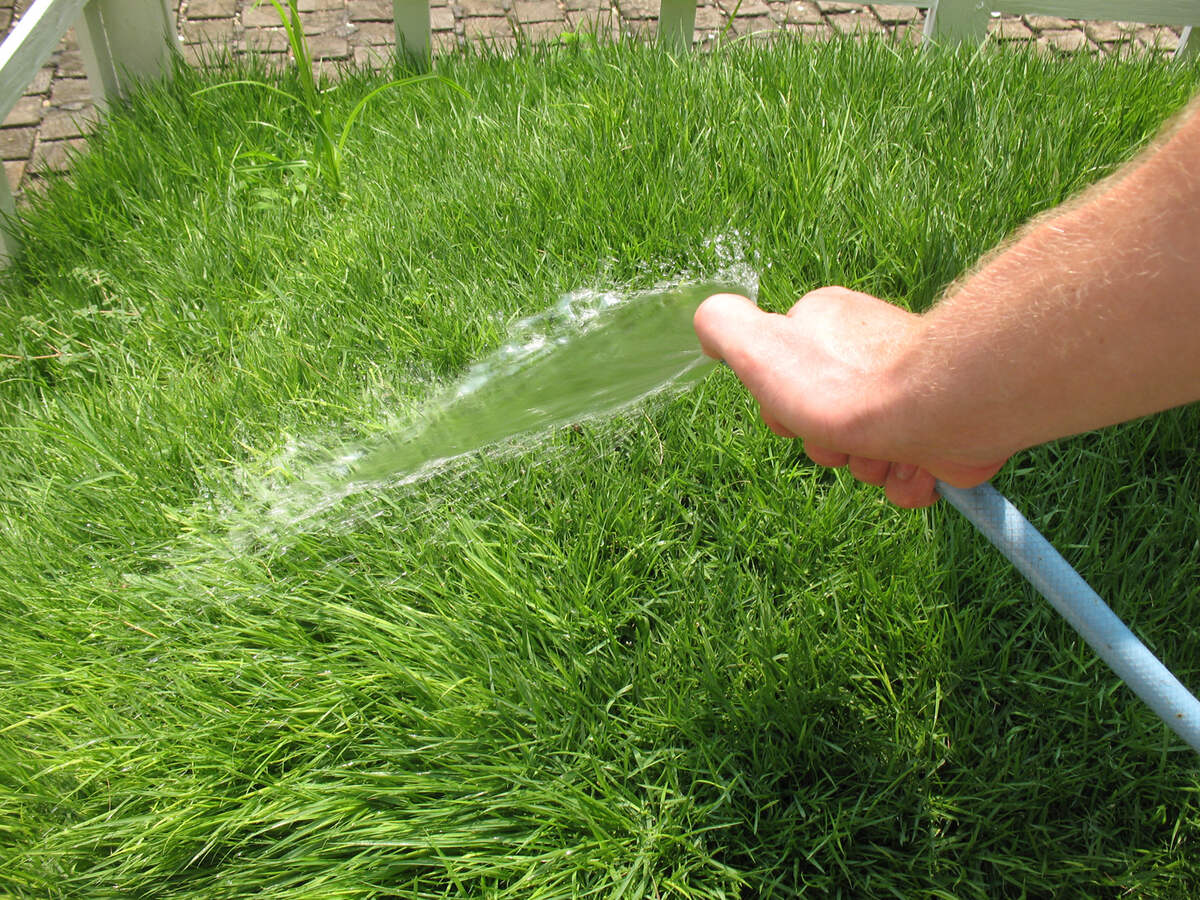
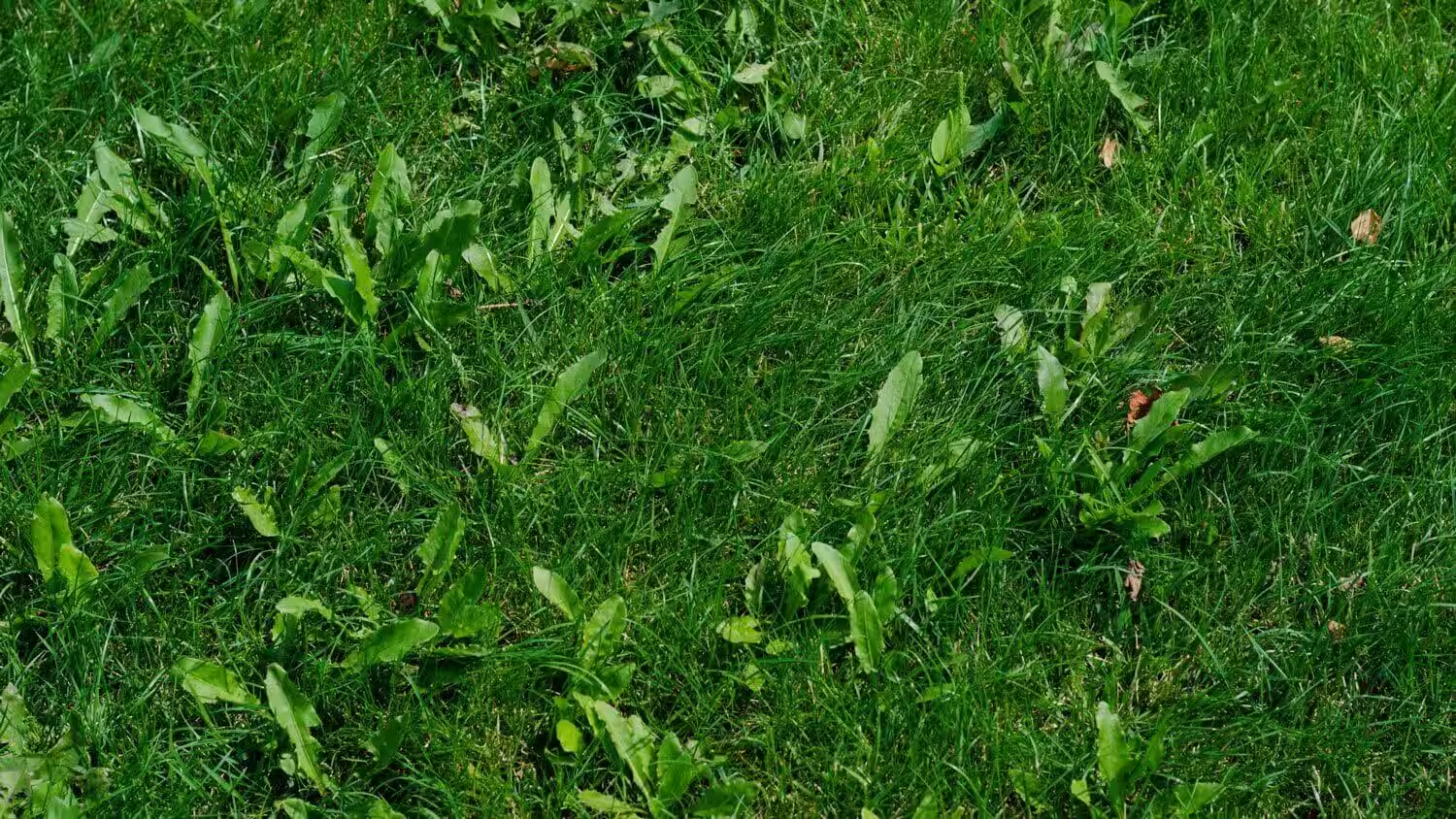
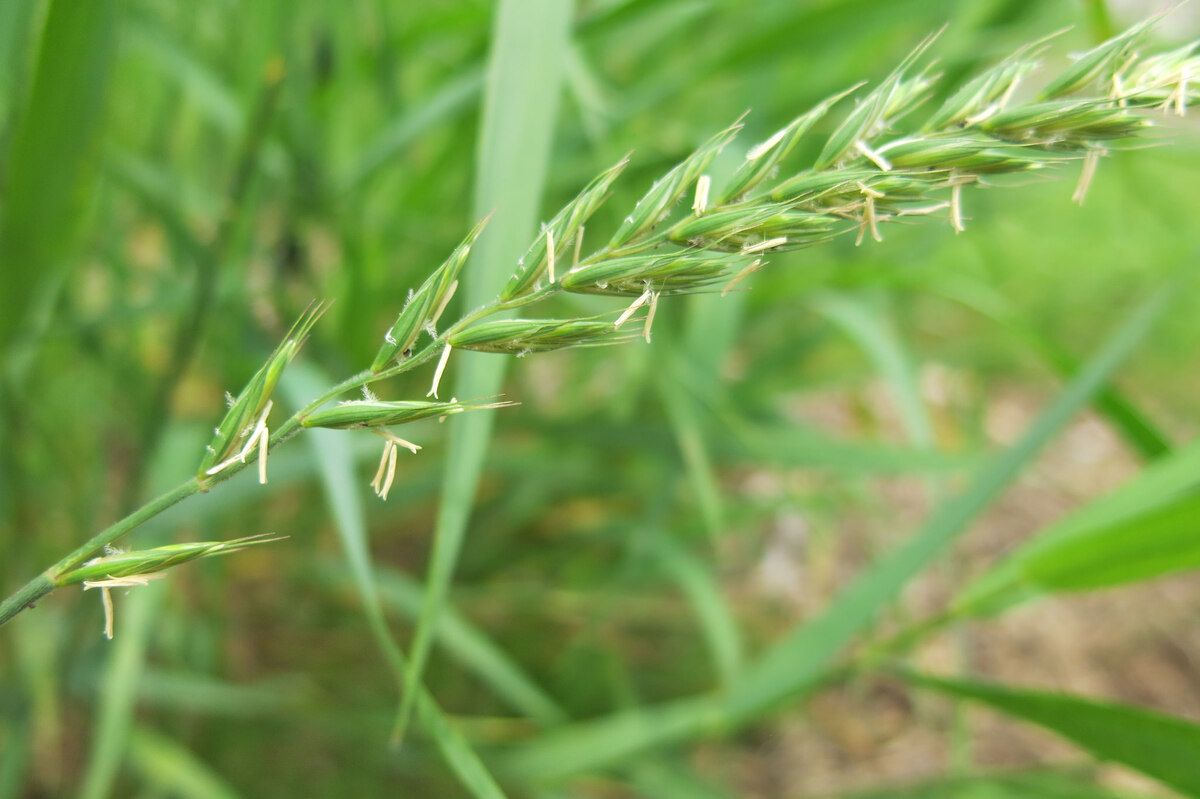
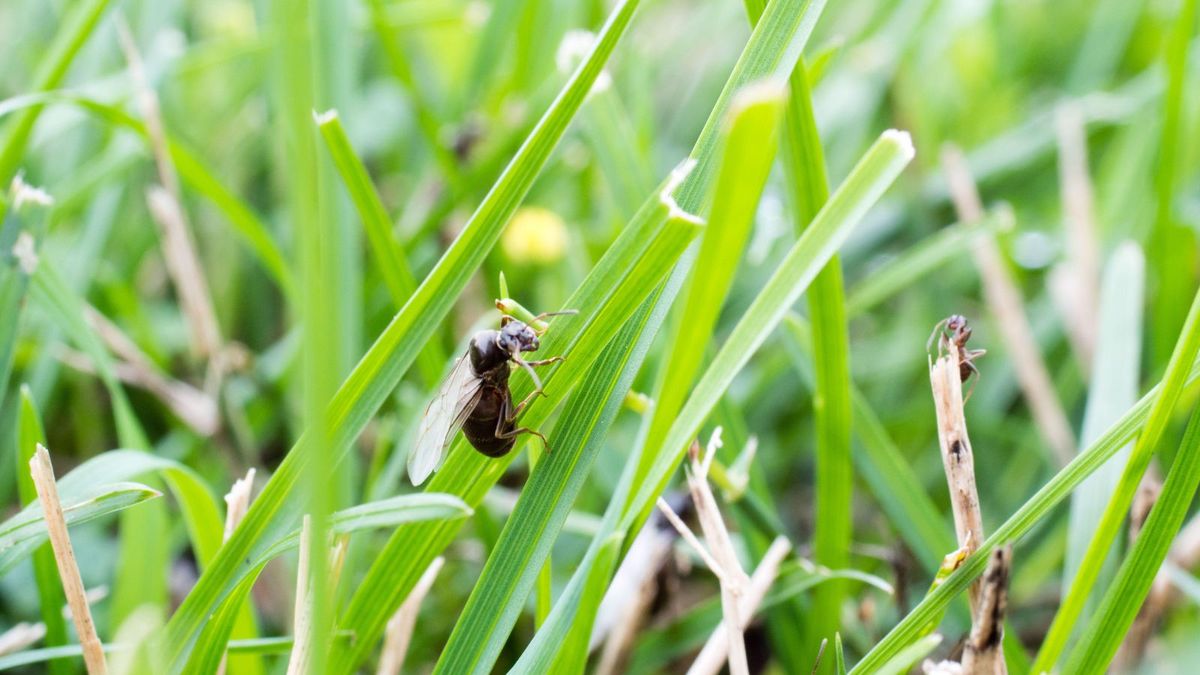
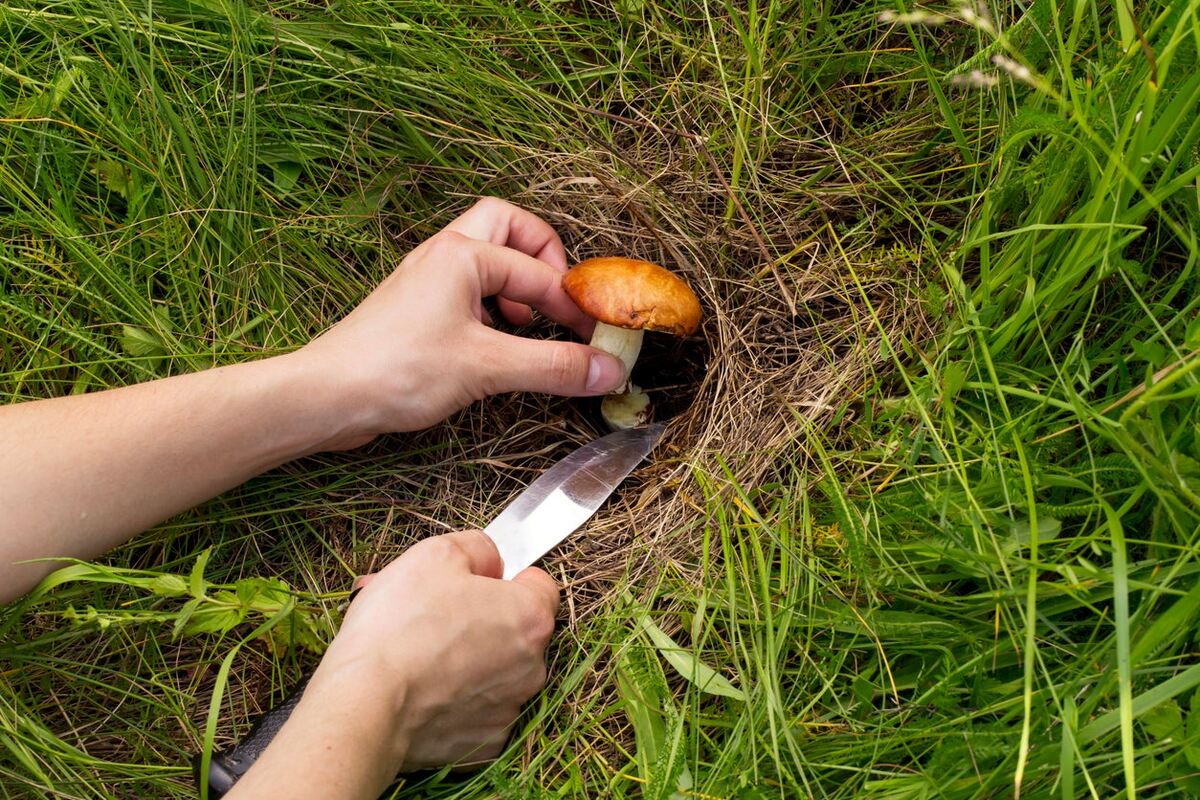
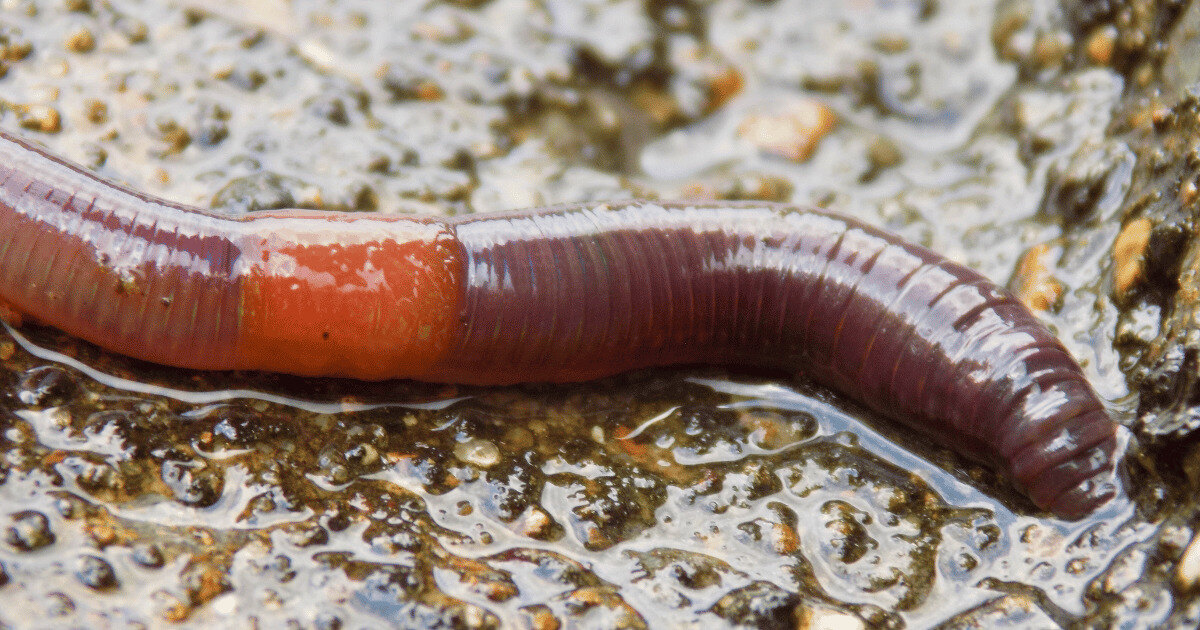
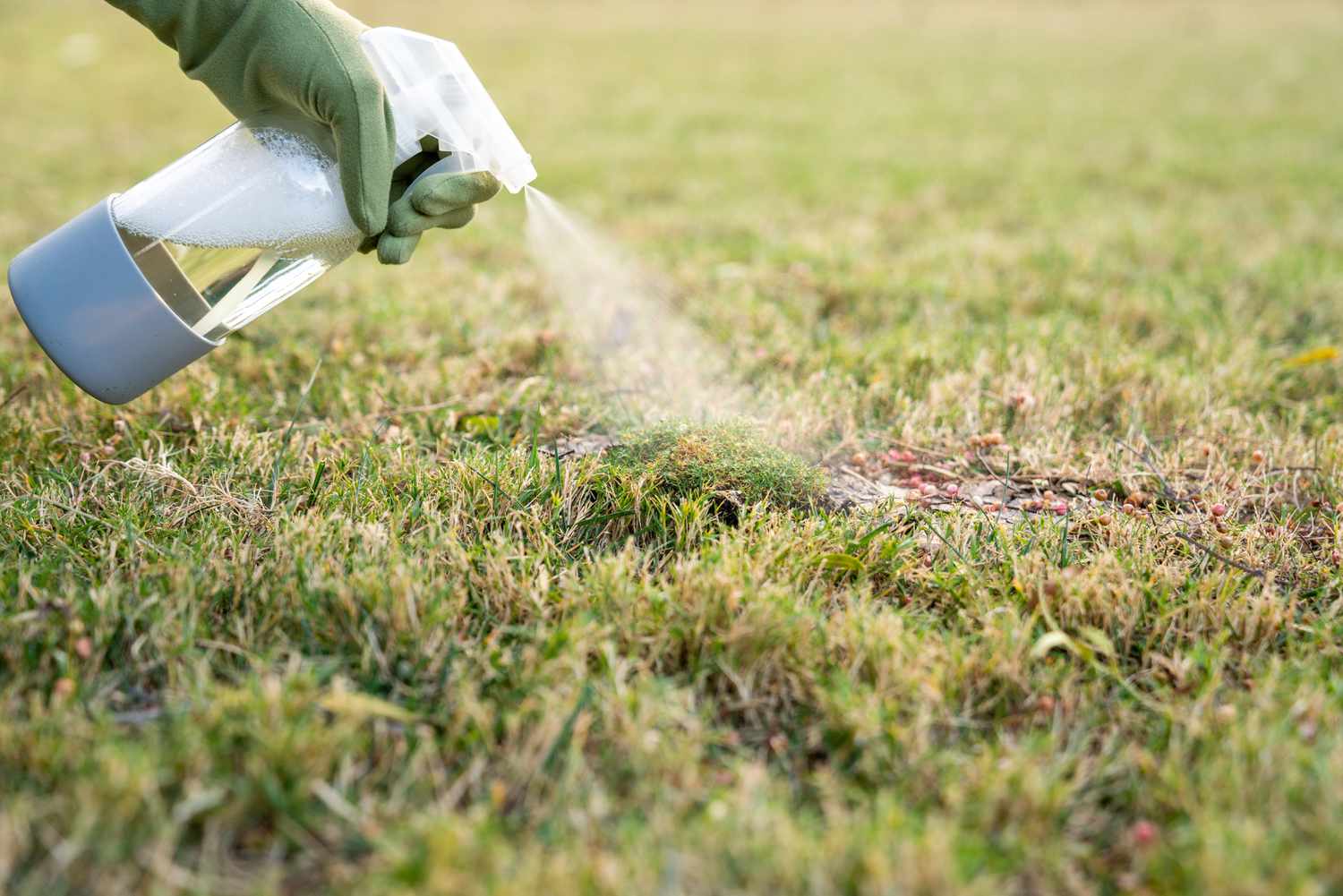
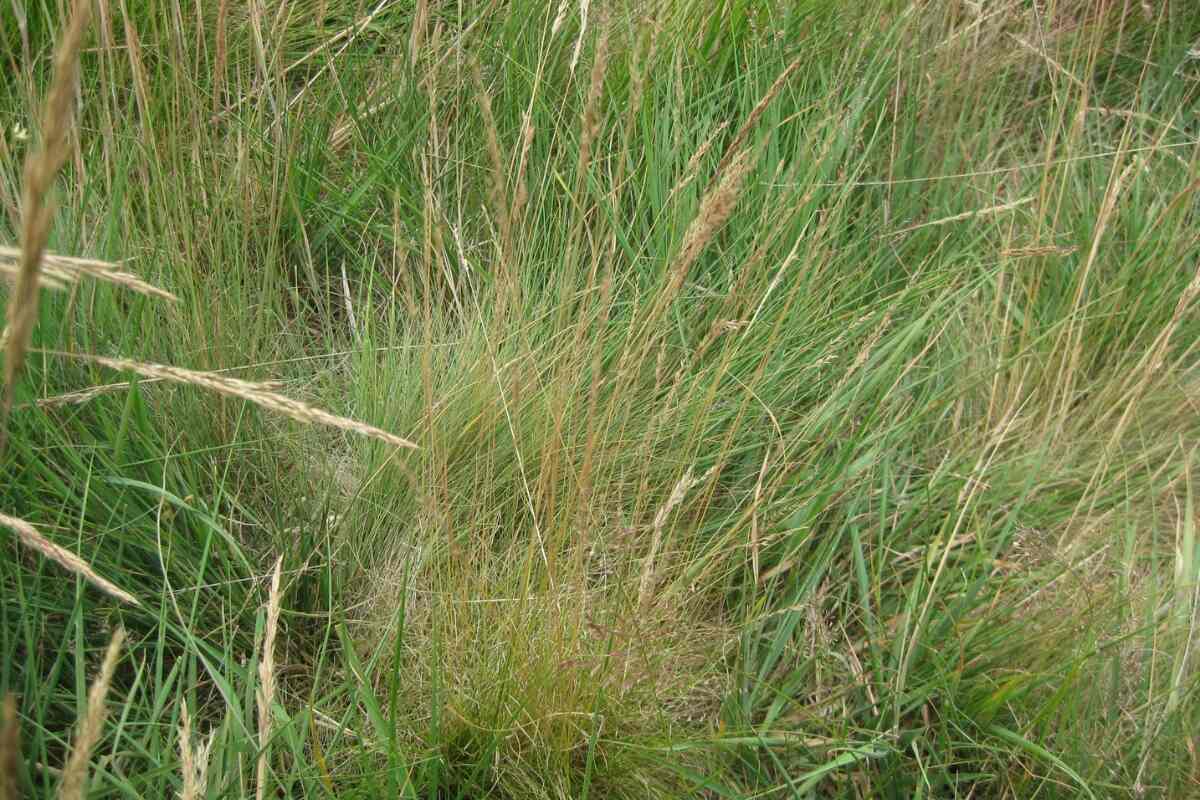
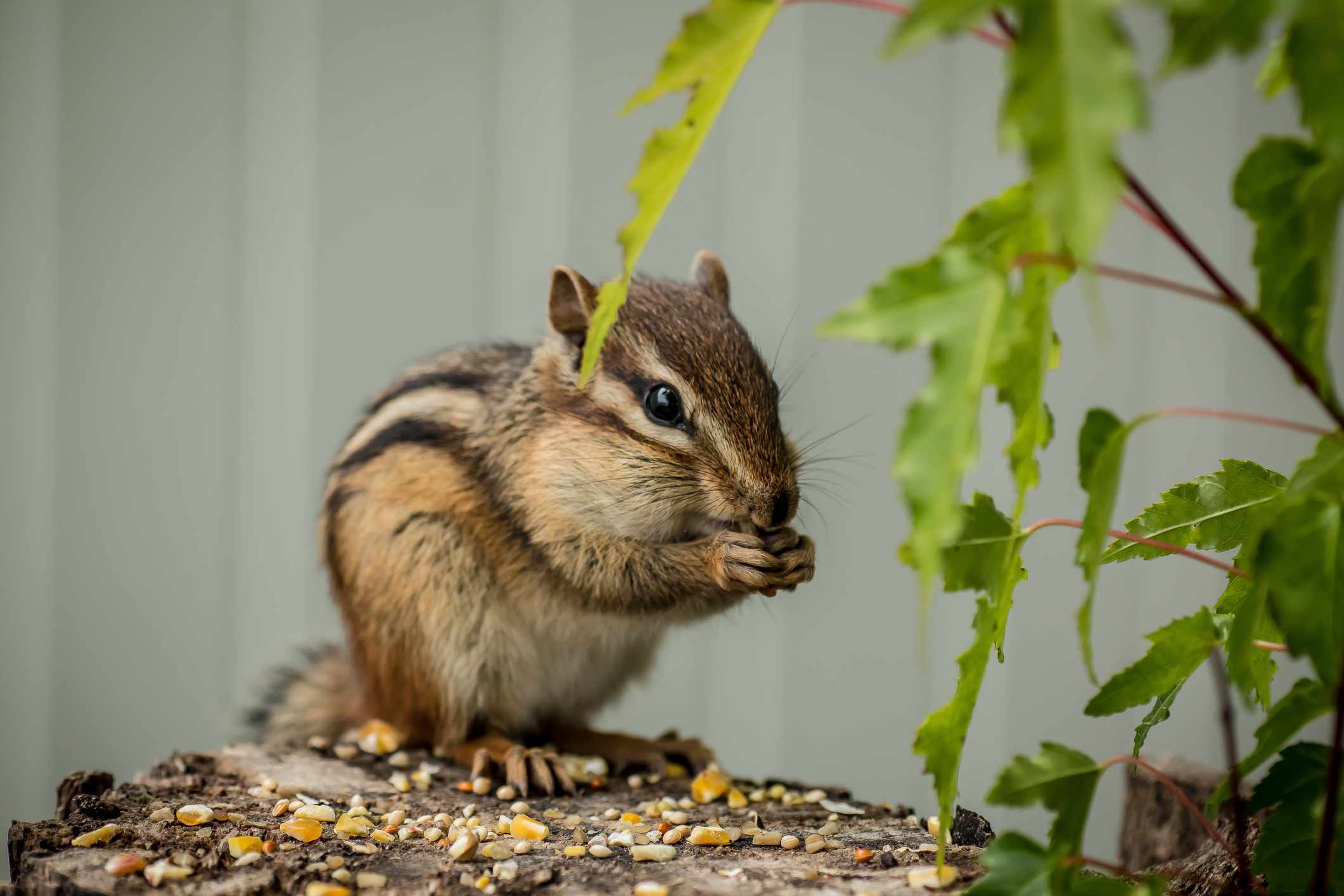


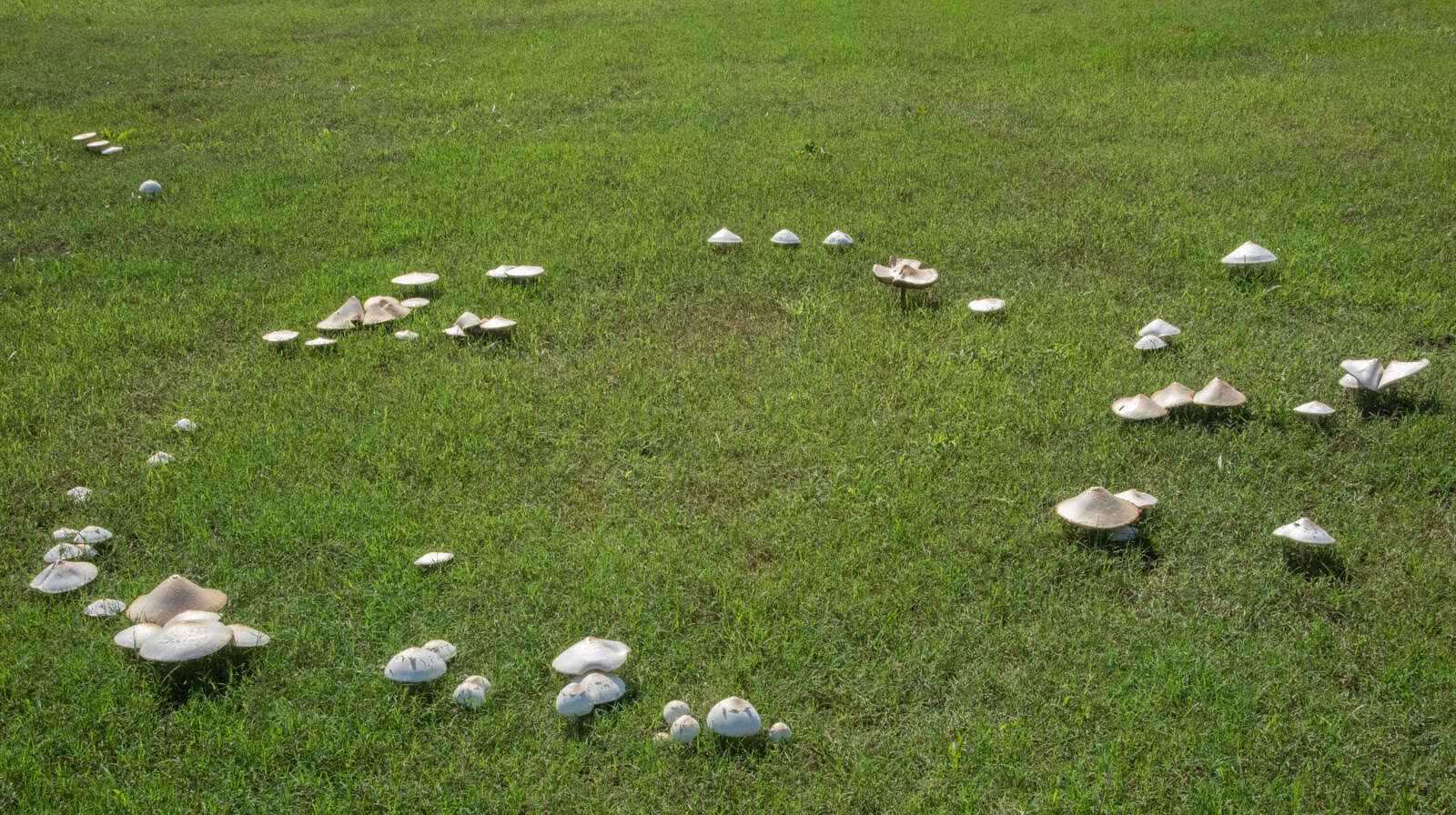



0 thoughts on “How To Get Rid Of Onion Grass In My Lawn”